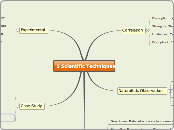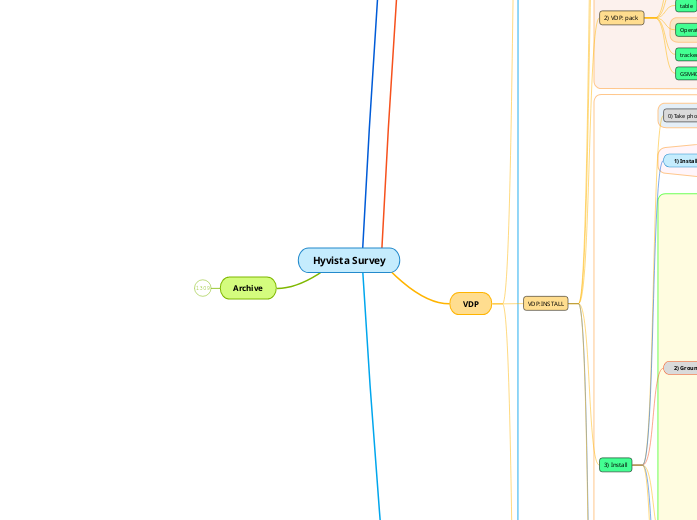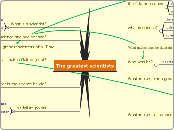por Dean Mahmoud 15 anos atrás
254
Techniques dean ahmady noha jeremy
Various scientific techniques are utilized to explore different phenomena, each with its specific strengths and limitations. Correlation studies reveal relationships between variables without proving causation, providing a basis for prediction.









